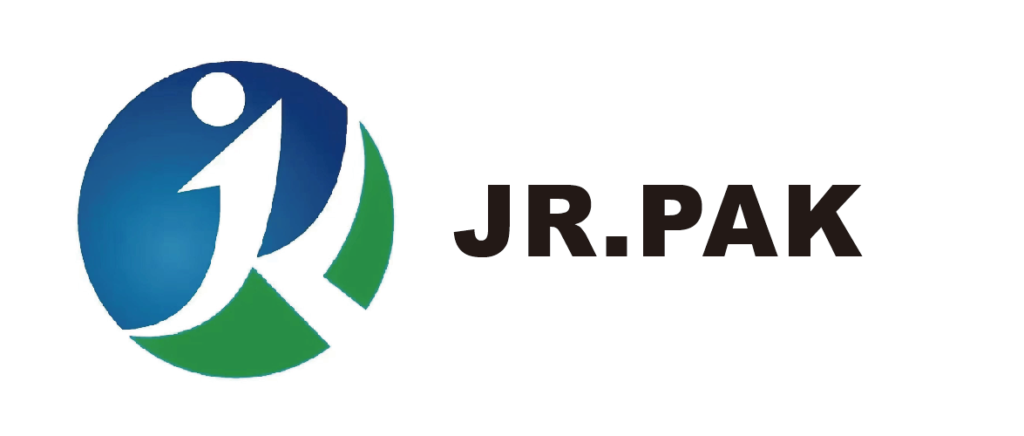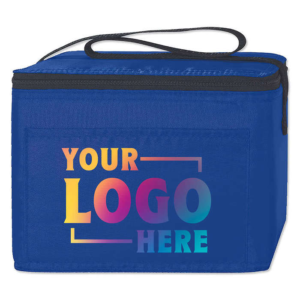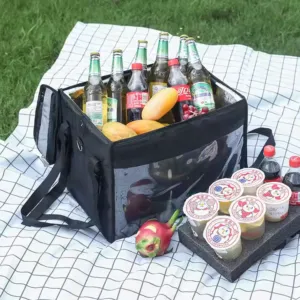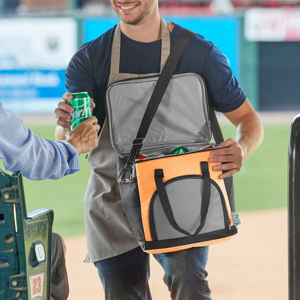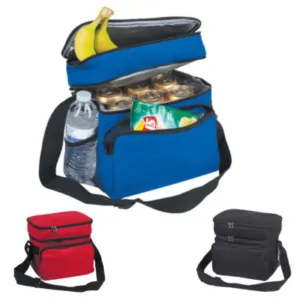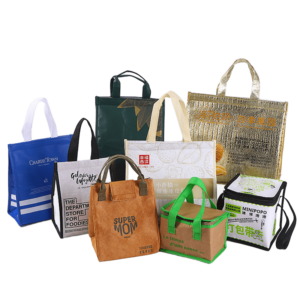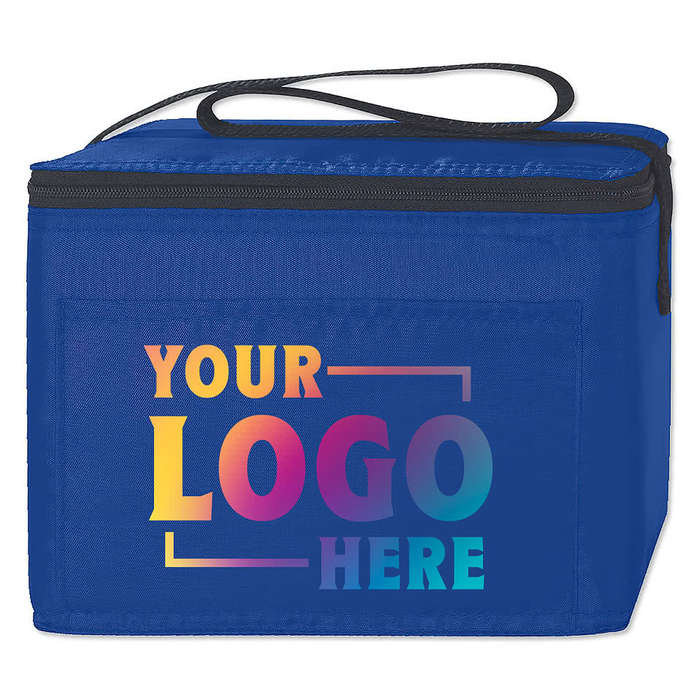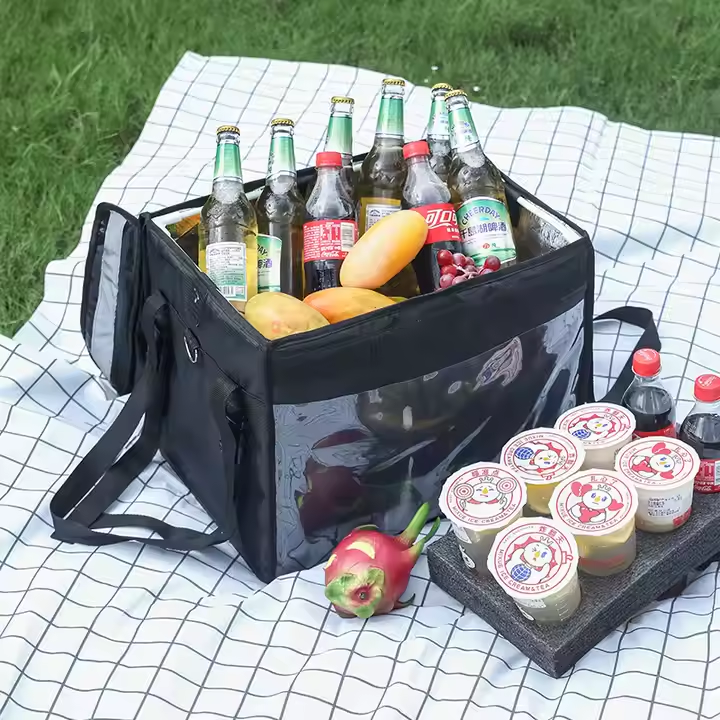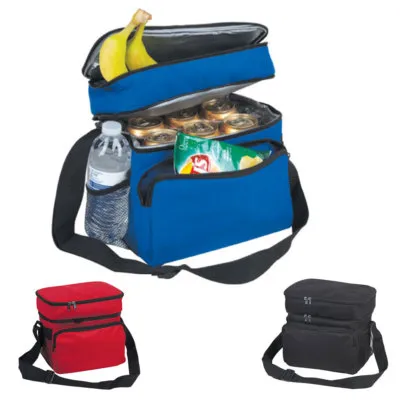Improving canvas bag order accuracy1 is crucial for businesses to reduce costly mistakes, improve customer satisfaction, and maintain brand credibility. This list combines best practices in production, warehouse organization, and technology use to ensure accurate fulfillment.
10 Ways to Improve Canvas Bag Order Accuracy
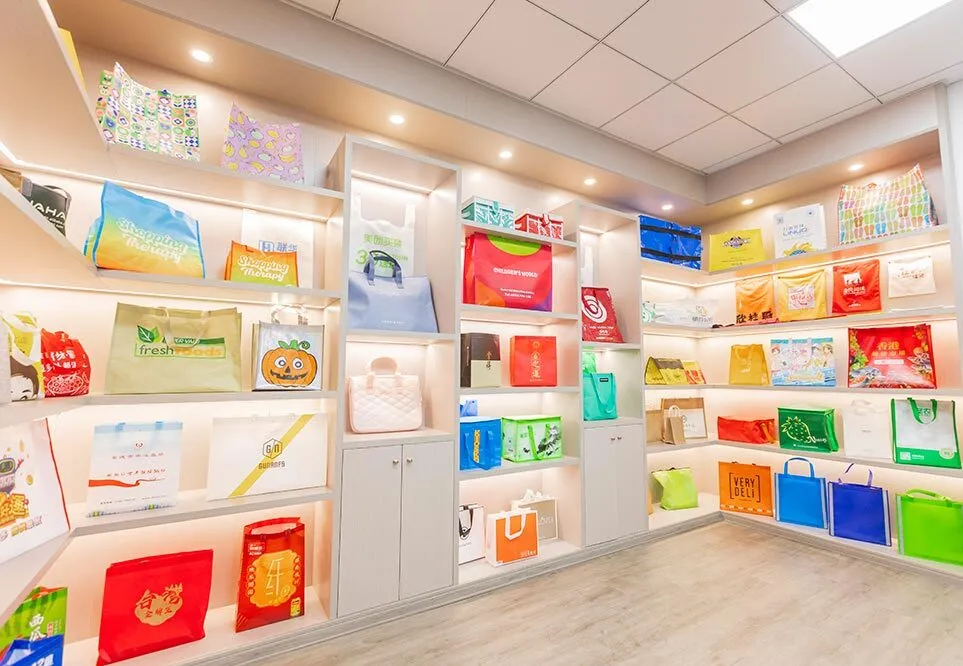
Improve canvas bag order accuracy by streamlining production, ensuring supplier quality, and adopting warehouse technology2 like barcode scanning and WMS for error-free fulfillment.
Better accuracy means fewer returns and happier clients. Here’s how to get started:
1. Streamline the Production Process
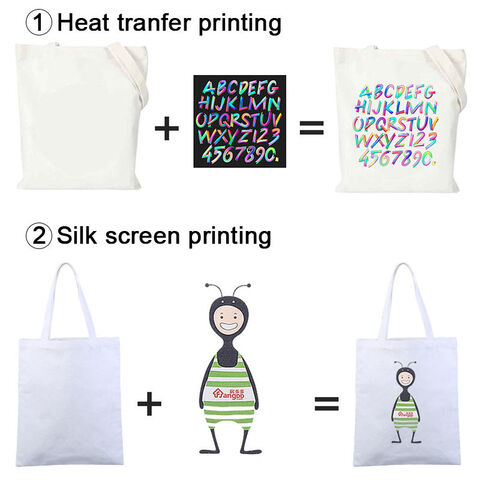
Automation and clear workflows minimize mistakes in bag customization.
Upgrade Production Tools
Using CAD design software, automated cutting systems, and precision printing equipment reduces manual errors in measurements, alignment, and stitching.
Simplify Steps
Break down the bag-making process into stages: material selection, cutting, printing, stitching, and inspection. Assign responsibilities and track each stage with checklists.
| Step | Tool Used | Potential Error Reduced |
|---|---|---|
| Cutting | Automated cutters | Size inconsistencies |
| Printing | High-speed color printers | Misalignment, color mismatch |
| Stitching | Computerized sewing machines | Inconsistent seams |
2. Request and Inspect Samples Before Bulk Ordering

Sample reviews prevent large-scale errors and ensure quality before mass production.
Evaluate Critical Elements
Always review the stitching, printing accuracy, and material thickness in pre-production samples. Confirm details like handle strength, logo placement, and fabric type.
Communicate Feedback Clearly
Provide detailed feedback using annotated photos or marked samples. This sets expectations clearly and reduces interpretation errors.
3. Choose Reliable Suppliers with Strong Quality Control

Good suppliers follow strict quality control standards and reduce the need for repeated corrections.
Qualify Vendors
Check for ISO certifications, past client reviews, and sample products. Prioritize factories with automated quality inspection stages.
Set Quality Benchmarks
Define standards in contracts: fabric weight, stitching density, and print resolution. Ask suppliers to share QC reports from each batch.
| Quality Parameter | Ideal Standard | Inspection Frequency |
|---|---|---|
| Fabric GSM | 10 oz or 283 GSM | Per production batch |
| Stitch Count | Minimum 8/inch | Random sampling, 5% batch |
| Logo Print | Pantone color matched | Visual match, each order |
4. Implement Quality Control Checks Post-Production
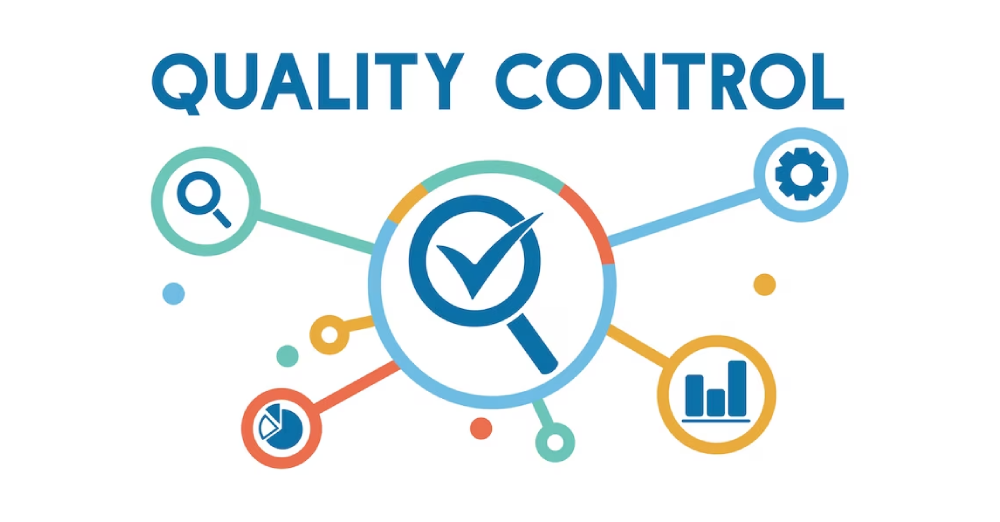
Post-production checks identify flaws missed during manufacturing and protect your brand.
Random Batch Checks
Inspect a percentage of each shipment for defects. Focus on handle strength, side seams, zipper function, and print clarity.
Test Under Use Conditions
Simulate customer use—carry weight tests, water splash checks, and UV light exposure—to ensure bags perform reliably.
5. Maintain Accurate and Organized Inventory
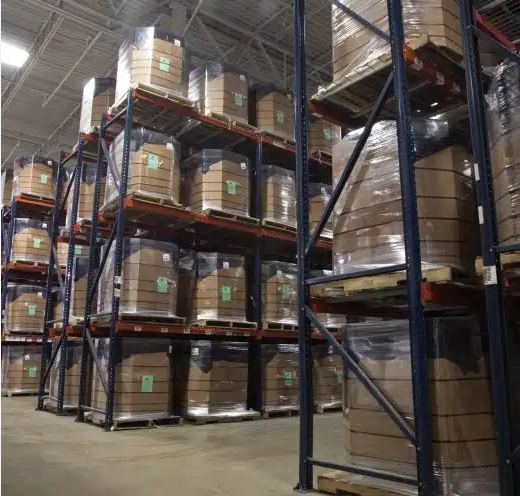
Organized inventory storage minimizes picking errors and keeps orders on track.
Use Bin Labeling
Assign SKUs to clearly marked bins or racks. Match color codes or tags with product categories.
Separate Similar Items
Store similar-looking products in different zones to avoid mix-ups, especially for varied colors or logo designs.
| Practice | Benefit |
|---|---|
| Color-coded bins | Quick visual identification |
| SKU zone segregation | Reduces similar item mix-ups |
| Barcode inventory tags | Fast and accurate scanning |
6. Map and Analyze Your Picking Process
Mapping reveals inefficiencies and helps target where mistakes begin.
Document Every Step
Note each movement from shelf to packing. Analyze where delays or mis-picks occur. Use these insights to revise workflows and simplify tasks.
Track Mistake Points
Create a log of common errors—wrong size picked, incorrect logo, missing accessories. Track patterns across employees or stations.
7. Use Suitable Picking Tactics and Establish Routes

Picking strategies like zone or batch picking cut travel time and reduce fatigue.
Choose the Right Method
For high volume, wave picking works well. For varied SKUs, zone picking reduces mix-ups.
Optimize Routes
Design logical routes within your warehouse to minimize backtracking. Train pickers to follow these paths efficiently.
| Picking Method | Ideal For | Key Advantage |
|---|---|---|
| Batch Picking | Many small orders | Reduces repeated travel |
| Zone Picking | Large variety of SKUs | Minimizes handling errors |
| Wave Picking | High-volume, time-sensitive | Balanced order fulfillment |
8. Leverage Barcode Scanning and Warehouse Management Systems (WMS)

WMS and barcode scanning bring real-time precision to warehouse operations.
Scan to Verify
Use scanners to confirm SKU during picking and packing. Eliminate human error from item misidentification.
Automate Updates
Advanced WMS auto-updates inventory after each transaction. Track tote movement, batch origin, and packaging status live.
| Tool | Benefit |
|---|---|
| Barcode Scanners | Real-time product verification |
| WMS Platforms | Live inventory and task tracking |
9. Train and Empower Your Workforce
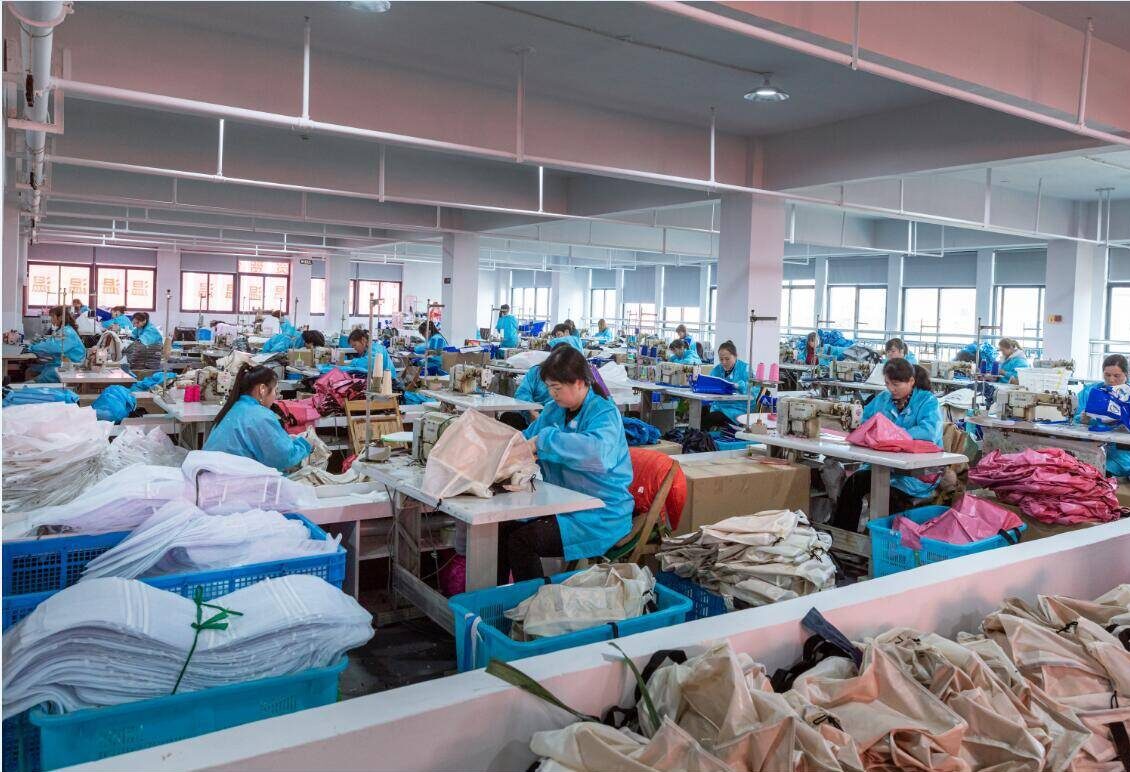
Training boosts accuracy by equipping staff with the right skills and accountability.
Run Regular Workshops
Teach employees about SKU codes, quality checks, and proper scanning. Use real examples of past mistakes to illustrate lessons.
Encourage Ownership
Allow staff to suggest improvements. Recognize individuals who consistently hit accuracy targets.
10. Measure Performance and Continuously Improve

Tracking metrics keeps teams focused and highlights areas needing work.
Monitor KPIs
Track order accuracy rate, first-time pick success, and return rate. Create visual dashboards to keep the team informed.
Use Feedback Loops
Collect input from warehouse teams and clients. Adjust processes quarterly to reflect new insights or market demands.
| KPI | Target | Frequency Monitored |
|---|---|---|
| Order Accuracy | 99.5%+ | Weekly |
| Return Rate | <1% | Monthly |
| First-Time Pick Rate | 98%+ | Weekly |
Conclusion
Improving canvas bag order accuracy involves aligning your production process, suppliers, warehouse setup, and workforce training. By implementing these 10 strategies, businesses can avoid fulfillment errors, reduce returns, and build a stronger brand. From my own experience in the bag manufacturing industry, I’ve seen how even small tweaks—like better labeling or empowering staff—can have a huge impact. Share your tips or challenges in the comments below!
